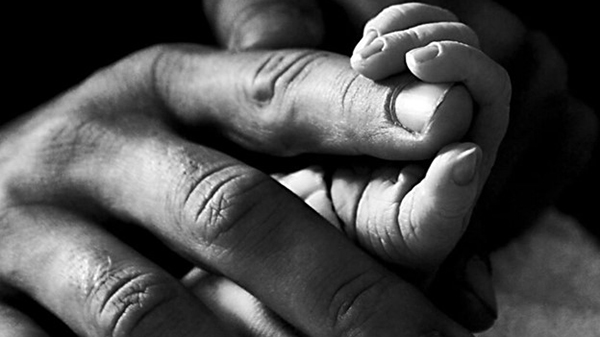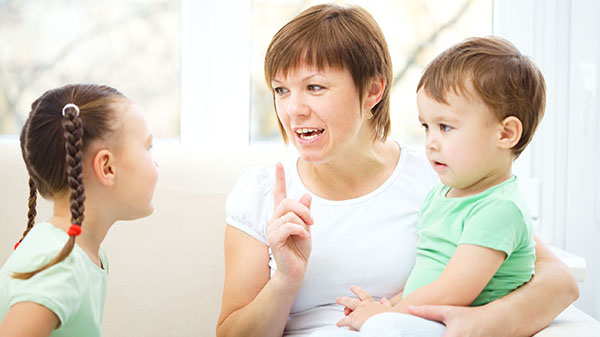Despite the public perception that single-parent households are becoming the norm in America, seven out of 10 children under the age of 18 still live in two-parent homes, according to the U.S. Census Bureau.
However, 30 percent of America’s children live with one parent. Children living in single-parent homes are five times more likely to live with their mothers than with their fathers, according to census data.
The percentage of children living at home with two parents has decreased slightly over the last decade, to 69 percent in 2002 from 73 percent in 1991.
The statistics are drawn from a new Census Bureau report, “Children’s Living Arrangements and Characteristics,” released this summer.
The report notes that not all children listed as living in single-parent homes actually live in homes where only one adult is present. For example, the census data does not fully capture data on children living in a home with a parent and a nonmarried partner.
In 2002, black children were 2.65 times more likely to live in single-parent households than Anglo children. That gap has increased slightly over the last decade.
In 1991, black children were 2.57 times more likely than Anglo children to live in single-parent families.
In 2002, 53 percent of black children lived in single-parent families (up from 49.1 percent), compared to 20 percent of Anglo children (up from 19.1 percent), 30 percent of Hispanic children (down from 31.1 percent) and 15 percent of Asian children.
Children of all races who live with a single father are significantly more likely to live in a household with a cohabiting partner than children living with single mothers.
Among children with two parents in the home, 97 percent had at least one parent active in the labor force and 62 percent had two parents active in the labor force.
Stay-at-home mothers were 56 times more prevalent than stay-at-home dads, although 1.5 million children lived in households with stay-at-home dads. Only a fourth of those dads, however, said they were at home primarily to care for the family. In 2002, 18 percent of children lived in households with stay-at-home mothers, including 31 percent of children who were in two-parent households.
Nationwide, 30 percent of children lived in households with family incomes below $30,000 annually and 29 percent lived in households with family incomes of at least $75,000. Nearly half of all children lived in households with family incomes of $50,000 or more.
Five percent of children lived in public housing, and 11 percent received food stamps.
Nationally, 88 percent of all children had health insurance coverage, compared with 91 percent of children living with two parents, 86 percent of those with single mothers and 82 percent of those with single fathers. (ABP)





Share with others: